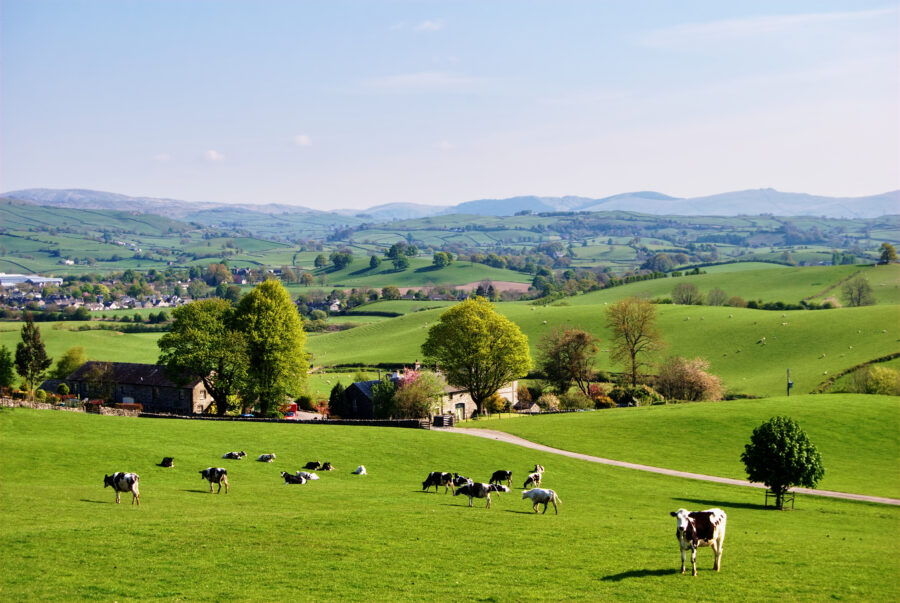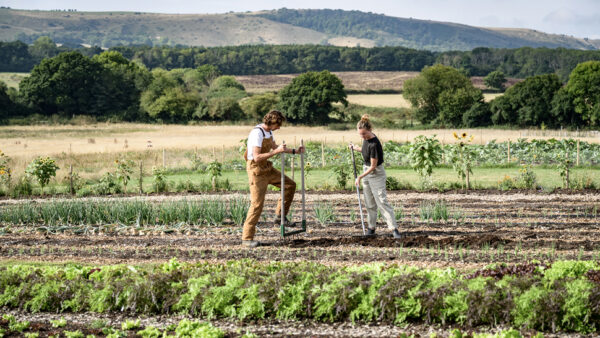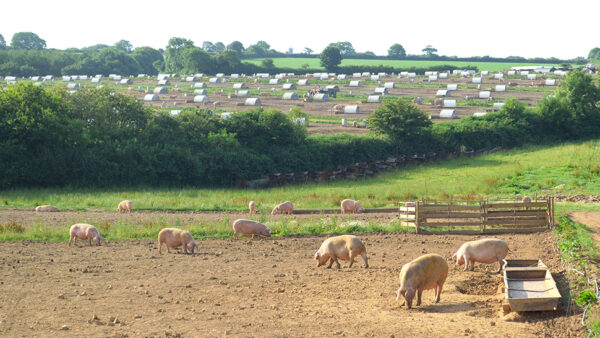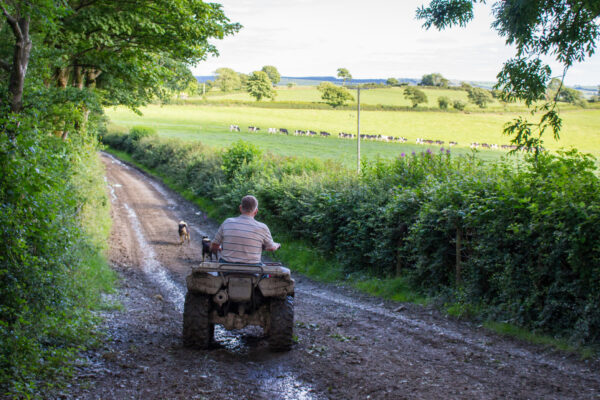
New opportunities for agricultural units via enhanced permitted development rights in England
23rd May 2024

From 21 May 2024 amendments to permitted development rights for agricultural units will come into force in England.
The changes have been made to Class Q (residential) and Class R (commercial).
Class Q agricultural buildings to residential use
The existing permitted development rights to turn agricultural buildings to residential dwellings has been expanded.
A key change is that it is no longer a requirement that the agricultural buildings have been in sole agricultural use. For example, the building being partly used for storage of domestic items is no longer an absolute bar to utilising permitted development rights, provided the building is within an established agricultural unit.
Otherwise, the main difference introduced is the increase from a total number of new dwellings from five to ten within an agricultural unit. This is within an agricultural unit as a whole and not individual barns or buildings.
The previous, slightly confusing, rule allowing for different sized dwellings has been removed. However the maximum floorspace for new dwellings is now smaller at a maximum of 150 square metres, with the total floorspace for all new dwellings combined being a maximum of 1,000 square metres for 10 dwellings, compared to the previous 865 square metres for five dwellings.
Existing or former agricultural buildings may now be extended under Class Q provided that the extension is to the rear, no more than one storey, no more than four metres long and the lower of either four metres or the height of the existing building. Any extension must also be upon existing hard standing.
The date for demonstrating that a building existed and is, or was, formerly in agricultural use has been brought forward considerably to 24 July 2023. This date also applies to existing hardstanding for extensions referred to above.
It is not necessary to show that the building was in agricultural use on this date provided it was not used for non-agricultural purposes e.g., the building could have been empty for a number of years or used as stabling within an established agricultural unit.
As ever there are limitations to the permitted development rights. Buildings within Protected Landscapes i.e., areas of outstanding natural beauty and national parks do not qualify and it must be shown that the buildings benefit from an existing highway access.
Class R
The class R permitted development rights have also been amended and allow further flexibility when changing agricultural buildings to commercial use. Buildings can now be converted for sport and recreational use as well as general industrial use for the purposes of processing raw goods produced on the agricultural site.
The floor space limit has been substantially increased from 500 square metres to 1,000 square metres.
What does this mean in practice?
Applications already submitted or submitted prior to 21 May 2024 will be determined in accordance with the permitted development rights in effect at the time of the application, i.e., applications currently pending determination for three large dwellings will not be affected by the changes.
These applications will not, however, benefit from the rights in respect of extensions or the addition of protrusions of up to 0.2 metres. These rights will come into effect to accommodate building operations, allowing buildings to be clad which would formerly have caused difficulties within the permitted development rights.
As with any permitted development rights there are restrictions on what can be done under the rights and hurdles to be overcome to demonstrate that the buildings qualify, in particular highway access and the need for the existing building to be structurally capable of functioning as a dwelling without the need for substantial building operation.
The dwellings will also need to conform to the required standards for dwellings in respect of specific aspects, such as natural light in habitable rooms.
The changes do open up more opportunities to diversify and will go some way to assisting with the stimulation of growth of the rural economy and meeting the housing needs in these areas. However, many will say they do not go far enough, particularly those in the areas the government had previously indicated the rights would be extended to e.g., Protected Landscapes (AONBs).










